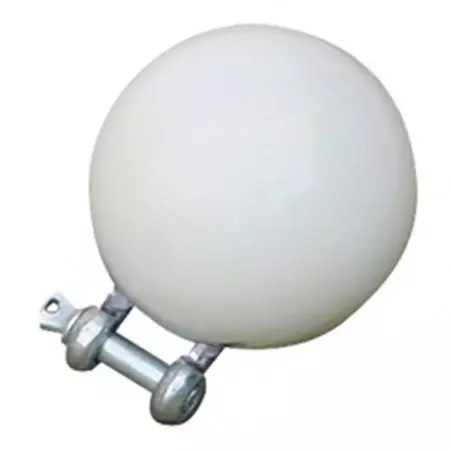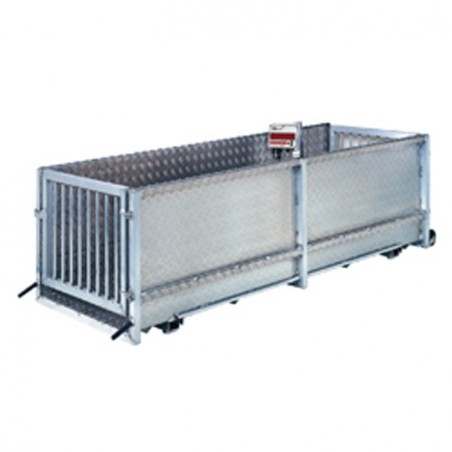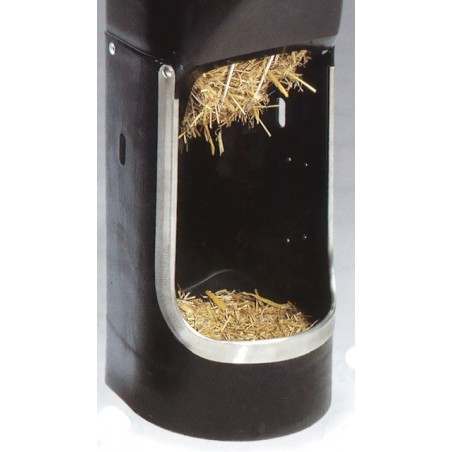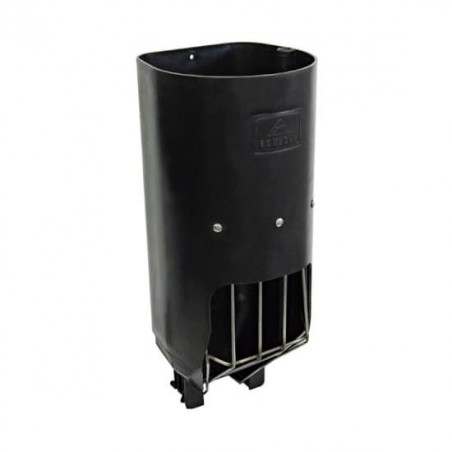The aim of this study was to investigate the effects on tail-biting during rearing of housing piglets of the same litter compared to piglets from different litters. The treatments “litter-wise” (LW, n =240) and “mixed litters” (ML, n =238) were housed in five identical units. Each tail was scored regarding tail lesions and tail losses once per week with a four-point score (0= no damage/original length to 3= severe damage/total loss).
The effect of week after weaning had highly significant influences on tail lesions (p<0.001). Tail-biting started in the second week after weaning, with an increasing severity during rearing. First tail losses were observed in the fourth week after weaning. The batch and the interaction between treatment and batch had highly significant influences on tail losses at the end of rearing (p<0.001). Depending on batch, piglets in the LW or ML treatment were more affected by tail-biting.

ChristinaVeit, Kathrin Büttnera, ImkeTraulsen, Marvin Gertz, Mario Hasler, Onno Burfeind, Elisabeth Beilage, Joachim Krieter. The effect of mixing piglets after weaning on the occurrence of tail-biting during rearing. Livestock Science. Volume 201, July 2017, Pages 70-73. https://doi.org/10.1016/j.livsci.2017.05.003








